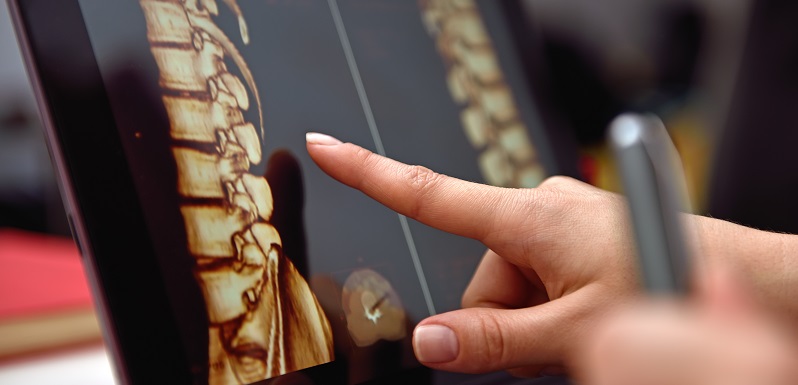What Exactly Is Facet Joint Arthropathy?
Category: Back Pain | Author: Stefano Sinicropi

Spinal facet joint arthropathy occurs when the facet joints begin to degenerate due to factors like acute injury or chronic wear and tear over the years. Most commonly, the degeneration occurs to the protective cartilage in and around the joint that makes movement more fluid. As you can imagine, when this protective cartilage is lost, movement becomes harder and more uncomfortable as bones in the joint can rub against one another.
The most common causes of facet joint arthropathy include:
- Acute Injury – An acute injury can damage this protective cartilage in your facet joints. Common sources of acute facet joint injury are from falls, athletics and car accidents.
- Repetitive Stress – We stress our bodies each and every day, and while this movement strengthens muscles and helps to take stress off our spine, sometimes these repetitive actions can also contribute to normal wear and tear on the joints. Repetitive motions, excessive stress, and poor posture or lifting habits can all slowly wear down our spinal facet joints.
- Osteoarthritis – Osteoarthritis is a degenerative disease that leads to a thinning of the protective cartilage in our joints. It tends to be more common in larger joints like your hip or knee, but it can affect the facet joints in your spine.
Because osteoarthritis and natural wear and tear tend to be more common in older adults, facet joint arthropathy is most prevalent in adults over the age of 50, but injury-related arthropathy can affect individuals of all ages. The most common symptoms associated with spinal facet joint arthropathy include back or neck pain, discomfort that worsens when bending, leaning or twisting and stiffness or decreased mobility within the spinal column. These conditions can be present anywhere along the spine, but they are most common in your upper and lower spine.